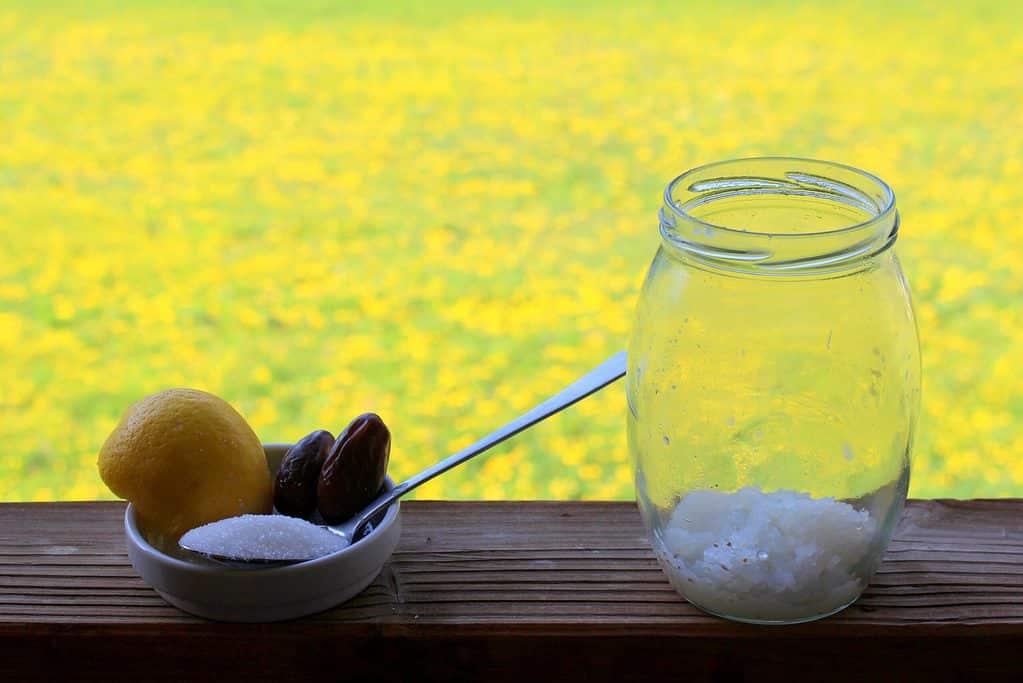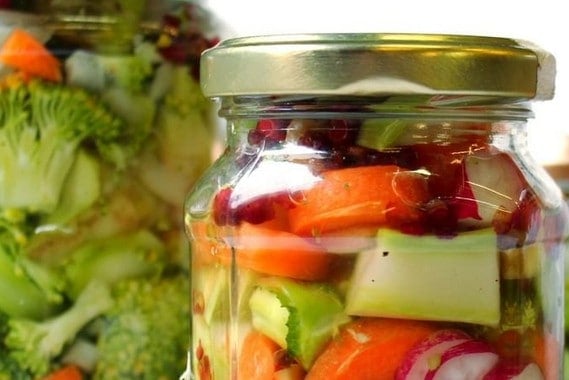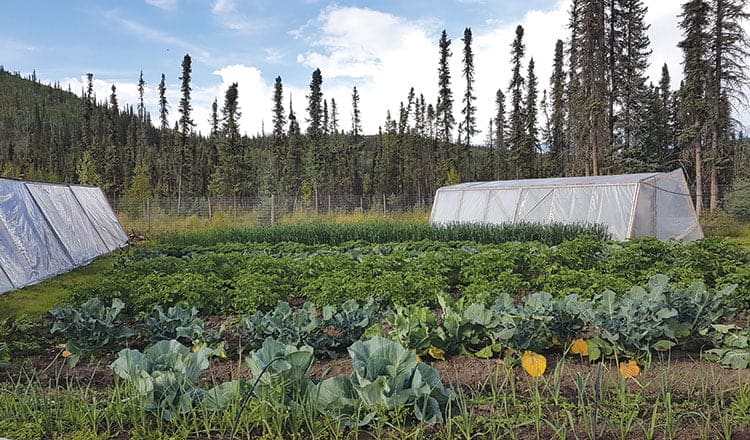If our external environment is a reflection of what is happening within, I must be going through a deep transformation.
My little cabin is filled with aromas emanating from myriad sources — jars and jugs of various ferments, baskets and bundles of herbs hanging from every available hook and corner, and an ever-present pot of water on the stove for the endless dishes that go along with processing the harvest.
I watch the leaves lose their clinging grip on the branches outside my kitchen window as I chop, stir, and wash, finding plenty of time for rumination on the changes, inside and out.
While I marvel at all the ways we have devised to keep our food through the winter (though some of the modern chemical means I find downright unappetizing), ferments in particular are a continual source of wonder.
A hidden microbial world enacts out a great history within a jar to render transformations that are nothing short of miraculous; small wonder that ferments have attained sacred status the world over.
Communion anyone?
Modern technologies have allowed us to see what is happening in there via microscopy, and DNA techniques are illuminating the massive variety that exists within these micro-ecosystems, but more and more it seems we are discovering just how much we don’t yet understand.
While the benefits of eating ‘live’ food have been well documented, the exact mechanisms for their positive impacts are less well articulated — though intuitively, I’ll take live over dead, please.
So what is ‘alive’, in the food department? To me it is something that hasn’t undergone pasteurization, or sterilization, but instead relies on a healthy culture of beneficial microorganisms to outcompete those that might make me ill.
Nowhere is this greater exemplified than in milk — when I discover that a jar of raw milk has begun to turn, gentle heating separates it into sweet curds and whey, the original fresh cheese; what happens to pasteurized milk is much less pleasant.
I also enjoy the atmosphere created by so much life in my house — the rhythmic pop of bubbles escaping the airlock on the carboy of cider, the gentle fizz of pickles slowly pickling; watching the yoghurt on the woodstove suddenly gel, the tangy smell of sourdough bread rising, the aromas of sage, mint, and yarrow that waft up at me when I brush against the drying rack, and under it all, an earthy note provided by a venerable cheese. They all remind me that below calm surfaces there is continuous activity that I only notice when the products of the micro-ecosystem have accumulated enough to be detectable by my dull senses.
I suppose as well as being reminded of the constancy of change, I’m also learning patience. You can no sooner hurry a ferment than you can a pig that doesn’t want to budge. You better make friends with it instead, and learn to enjoy it where it is.
Ruth’s Pickles
My friend Ruth taught me the simplest pickling of all – salt and water. And a little pickling spice of your choice; we always use garlic along with a smattering of herbs and peppercorns. We use it for cucumbers, cauliflower, green beans, carrots, and beets.
1) Rinse the dirt off of your veggies (for cukes trim the flower end), and cut into chunks, sized to preference. Sterilize jars*, and for each liter jar add 1 Tbsp. + 1 tsp salt (non-iodized) and 1 ½ tsp pickling spice.
2) Pack in your veggies and a clove or two of garlic nice and tight, you don’t want them floating. Fill jar with cold water to cover veggies, and close the lid just enough that the ring will stay on.
3) Place in a cool location for 2-5 weeks for a slow ferment; taste them to see how tangy they are. The colder it is, the longer you’ll want to ferment — some vegetables seem to stay crisper with a long slow ferment. You may get some excited bubbling over.
4) Close the jars all the way once the bubbling has slowed and move to a cool storage location. If kept cool, these can keep for a year. To help keep veggies crisp, try adding currant or raspberry leaves.
*We sterilize jars to provide less competition for the microorganisms on the vegetables —the ones we want to encourage.



